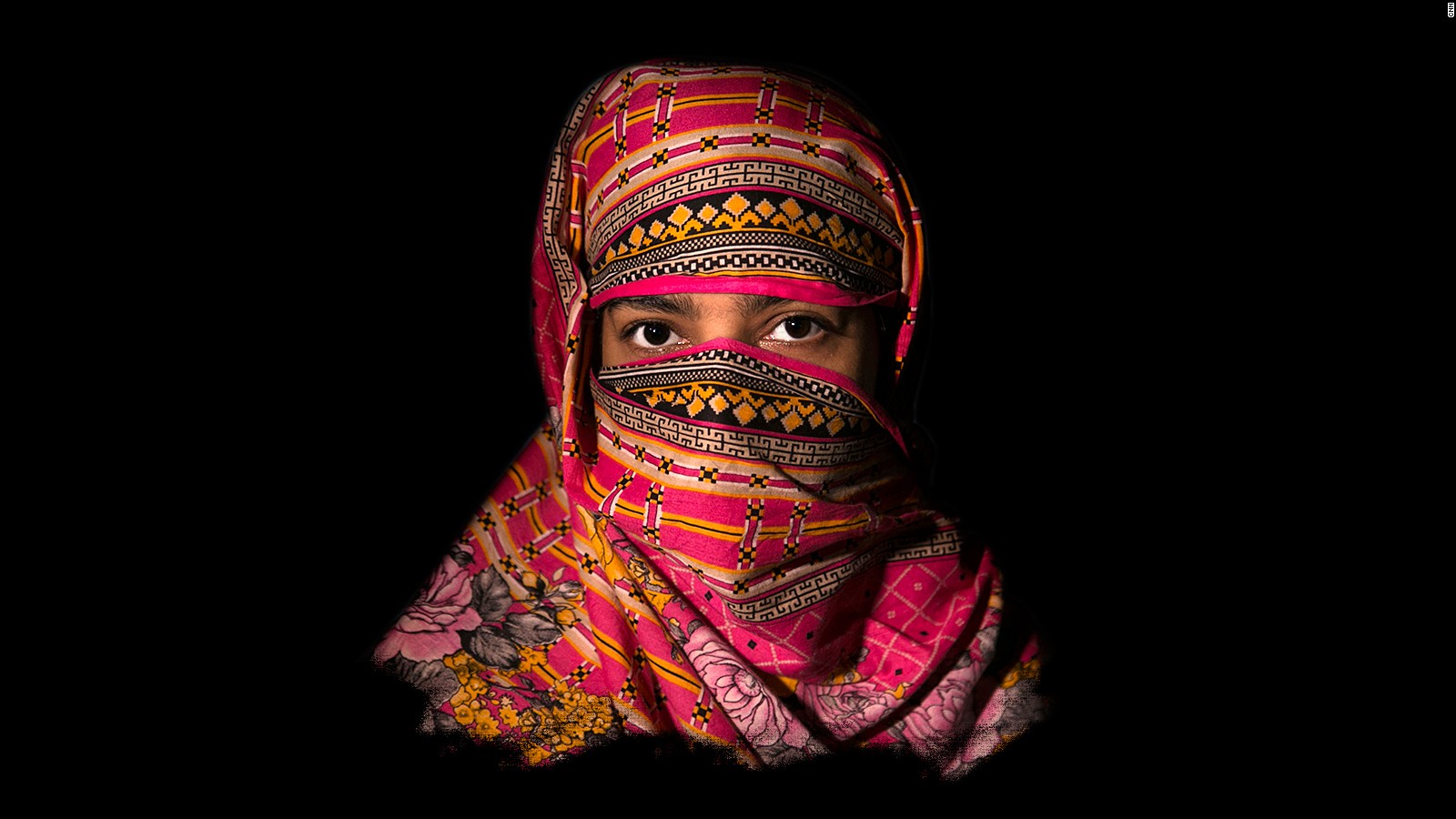The current population of Pakistan stands at 225.5 million. Out of this number, men approximately comprise around 51% of the population while women form 48.76%, and transgenders are 0.24% of the population. Statistically speaking, the difference between the ratio of men to women is not significant; but when we deal with the subjectivities of considering what it means to be a woman in Pakistan, the disparities between the two genders are vast. Ranking Pakistan at number six for being the most dangerous country in the world for women, the Thomas Reuters foundation survey reveals how sexual violence, domestic abuse, acid attacks and honour killings have characterised Pakistani society. Harrowing incidences of girls as young as 14 being forced into marriages and falling victim to domestic and sexual violence are disturbingly frequent. On an average, approximately 5000 women are killed annually due to domestic violence, while thousands of others suffer from life threatening injuries, disfigurement, and disabilities induced by oppression.
This article seeks to explore why discrimination and violence disproportionately affects women and how future governments need to renew their interests in promoting educational opportunities for women, and work towards upholding commitments towards gender equality. Moreover, it will discuss how institutionalised patriarchy in Pakistan has compromised its justice system permitting room for rife corruption which allows its men to walk free after committing heinous crimes.
Activists have grappled with the explanations behind the sheer levels of gender inequality for decades. There are many components that explain why Pakistan has a violent and male dominated society. At a systemic level there are two common and plausible explanations. The first lies in the lack of educational opportunities for women. Although education for women was recognised in Pakistan as an indorsed right since 1976, the gender gap in education still remains massive. At the 2015 Oslo summit, Pakistan was described as one of the ‘worst performing countries in the world for education’. Imran Khan’s manifesto in 2018 further revealed that 32% of girls of primary school age were not in education which compared to the 21% boys not attending school, is considerably higher.
The foundations of gender inequality are rooted in Pakistan’s patriarchal society. This is an undisputed and discernible statement. Political instability, poverty, ethnic tensions, violence, and corruption all form part of the reason why successive governments in Pakistan have been unable to adequately educate their women. Diverting resources to other sectors (especially defence, due to the skewed civil military relations) has locked generations of girls out of education and into the arms of poverty and a male dominated society. In a country where men are more educated and have better access to opportunities and income, a woman’s role is reduced to domestic work.
Thus, governments should be scrutinised and held more accountable to shift this narrative by implementing widespread education. Having enforceable rights to education will not only give women access to external income and opportunities but it will subsequently allow them to seek more independence and understand their rights and value.
The story of Fakhra Younus epitomises Pakistan’s oppressive patriarchal system. Fakhra was a young woman who fell victim to a well-publicized acid attack in 1998. Pakistani activist Tehmina Durrani wrote how her attack was the worst she had ever come across. Despite the severity of this incident charges against her ex-husband were dropped after he denied all allegations. 12 years on, Fakhra committed suicide by jumping off a high-rise building. This story specifically gives light to women’s struggles as Fakhra’s death was based off her anguish against the Pakistani government who had failed to deliver her justice. The silence of the law enforcement institutions not only suppressed Fakhra’s voice but sent an unambiguous message to other women with similar fate that their voices would remain unheard.
It’s time for governments to reassess their redressal mechanisms. Despite promising to deliver on numerous international commitments to gender equality and women’s human rights such as the Universal Declaration for Human Rights, the Convention on the Elimination of all Forms of Discrimination against Women (CEDAW) and the sustainable development goals, Pakistan’s ranking in gender equality remained among the lowest in the world. Governments can no longer outwardly present themselves as supportive for women’s rights yet fail to uphold and inwardly change the same institutions that fail to deliver justice to women. The dispensation under Imran Khan has done little to modify the social norms and beliefs that promote gender discrimination, and many women are still deprived of their basic rights to health care, representation, and employment. There needs to be a more unified effort from governments to transform the Pakistani society into a tolerant place for women, but that would only happen with the enforcement of commitments to prevention of violence, equal access to public goods and social security, and most importantly access to justice.

